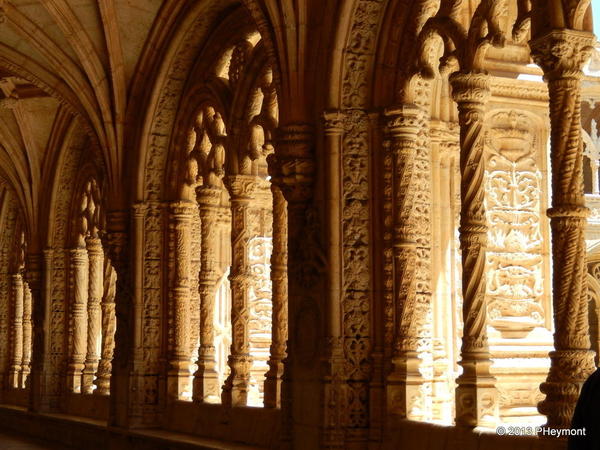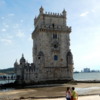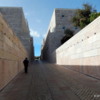 Sunlight and shade highlight the complex carving of this stonework at the Monastery of Jeronimos at Belem, in Lisbon. This late-Gothic style is called Manueline, after King Manuel I. It’s marked by ornate stonework, often including maritime themes.
Sunlight and shade highlight the complex carving of this stonework at the Monastery of Jeronimos at Belem, in Lisbon. This late-Gothic style is called Manueline, after King Manuel I. It’s marked by ornate stonework, often including maritime themes.
The monastery, near where the Tagus River joins the sea, is both an architectural and historic monument. The original church on the site was built about 1450 by Prince Henry the Navigator, and became the place where sailors spent the night before leaving on the expeditions that built Portugal’s colonial empire.
By the time King Manuel I picked it as the place for a monastery that would also be the royal burial place, it was in disrepair1500 it had fallen into disrepair—but the king had a vision of a far grander building anyway, and the money was there: it was funded by a 5% tax on Portugal’s lucrative trade with Africa and the Orient.
The sprawling building today houses the Navy Museum, an archeological museum, tombs of prominent Portuguese (including Vasco da Gama) and other historical exhibits. It’s easily reached from downtown Lisbon by the No. 15 tram line, which stops just in front. A few stops further takes you to the huge 1992 Belem Cultural Center with museums and concert halls, and to the famous Tower of Belem on the riverfront.
For more information, click on Jeronimos Monastery or Tower of Belem or Belem Cultural Center




Comments (1)